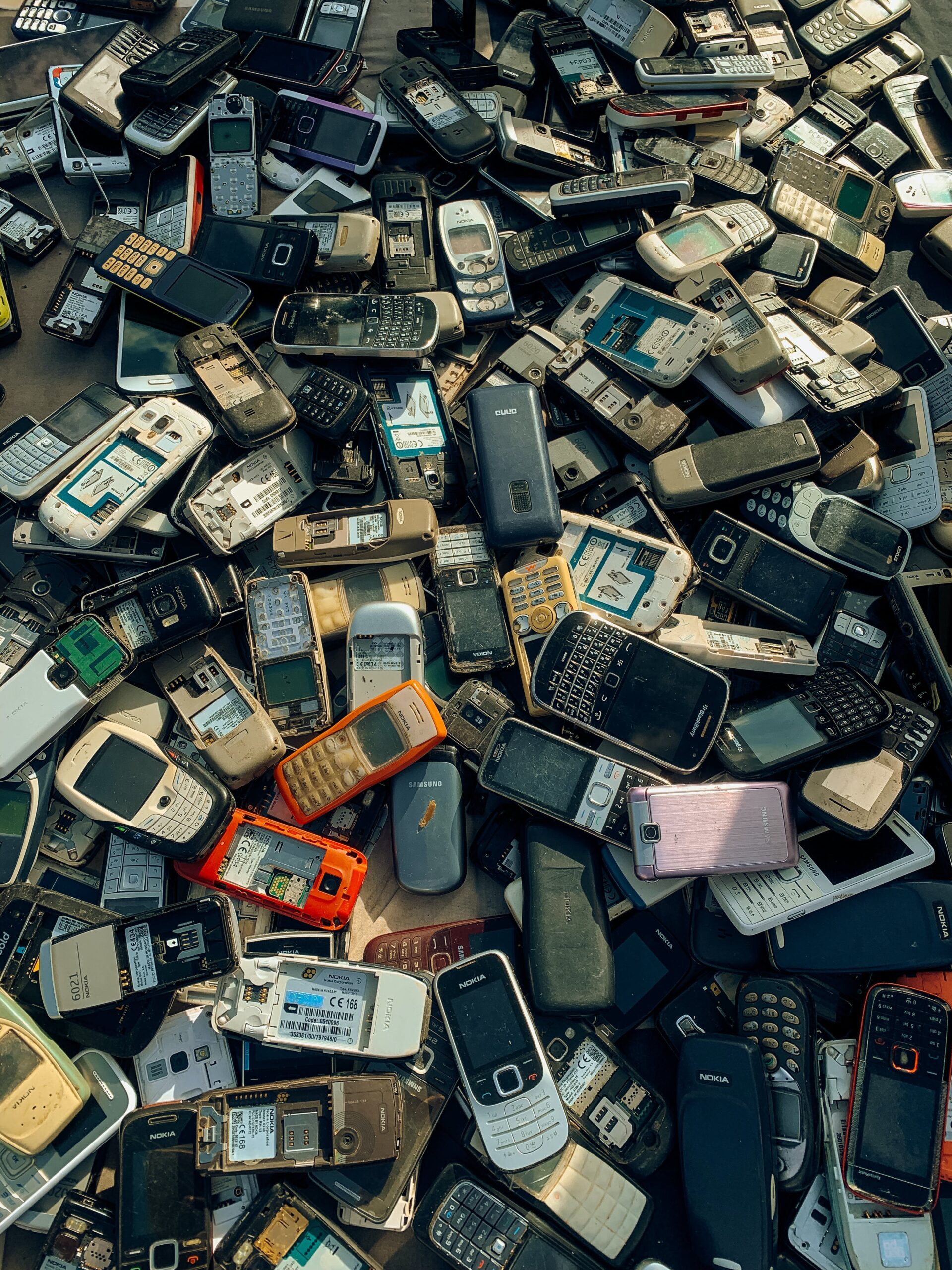What you need to know about the Victorian e-Waste Ban
- ewaste, recycling
- 28 May 2019

Australians are becoming more connected than ever, with each household averaging 17 connected devices in 2018 (projected to be 37 devices per household by 2022). It is reported that consumers are quick to replace or upgrade their electronics, leaving their old electronics in storage or out on the nature strip for council pick up. Only a small population of people opt to repair or recycle their old devices.
The disposing of these unwanted electronic and electrical products in an environmentally responsible way is becoming an increasingly important issue.
The Victorian Government is taking action and as of 1 July 2019. E-waste will be banned from direct disposal to landfill and the Government will not allow for these items to be placed in any household bin. This initiative taken will not only help reduce e-pollution but will also stabilise the industry as it will create more jobs for the citizens of Victoria.
What is e-Waste?
 Electronic waste or e-waste refers to any item with a plug, battery or cord that is no longer working or wanted. It covers a whole range of electronics and appliances you’d find at work or at home.
Electronic waste or e-waste refers to any item with a plug, battery or cord that is no longer working or wanted. It covers a whole range of electronics and appliances you’d find at work or at home.
Examples of these items include batteries, lights, refrigerated, microwaves, computers, laptops, monitors, photocopiers, phones, printers, scanners, shredders and fax machines.
What’s the problem with e-Waste?
e-Waste contains harmful materials such as lead, brominated flame retardants, chromium, cadmium, polychlorinated biphenyls (PCBs) and incased toxic fumes. Poor handling and management of these end of life goods pose a health risk and hazard to the community and environment.
Electronic waste (e-waste) as a waste stream is growing up to three times faster than general municipal waste in Australia.
What does the ban mean for households?
Households and businesses in Victoria will have to oblige by new waste management policies. Illegal dumping or disposal of any e-waste on public or private land without a permit or approval will attract significant penalties.
It will be a requirement for any household or business to properly dispose of their damaged or obsolete electronics. The Victorian Government will set out 121 new or upgraded disposal sites for waste drop-offs.
Another alternative is for households and businesses to dispose of their unwanted goods through reliable disposition suppliers.
What happens to collected e-Waste?
Properly disposed of e-waste will end up at a disposal site. Your once beloved items will go through a series of disposition stages including disassembling, shredding, sorting and repurposing.
Disassembling
This step depends upon the nature of the device or appliance you have discarded. Some appliances require manual disassembling. For example:
- casings and batteries are removed from the phones
- glass is removed from TV and monitors
- toners and cartridges are removed from the printers
- cathode ray tubes are separated from to make sure lead or mercury is not released in the environment
Shredding
After some devices have been dissembled, they are then sent to a shredder. This process reduces the size of these items. Data destruction also takes place in this step.
Sorting
The shredded items are now sent to be sorted. Majority of the times are sorted through a manual process with a select few sorted by machines.
Re-Purposing
Once the shredded material is sorted out, it is processed into its raw form. After this step, it is sold to suppliers and is turned into new products.
Conclusion
e-Waste ban is coming to Victoria this July 2019. Households and businesses will need to consider the best way to get rid of any unwanted, end of life or damaged electronics and appliances in a compliant way.
